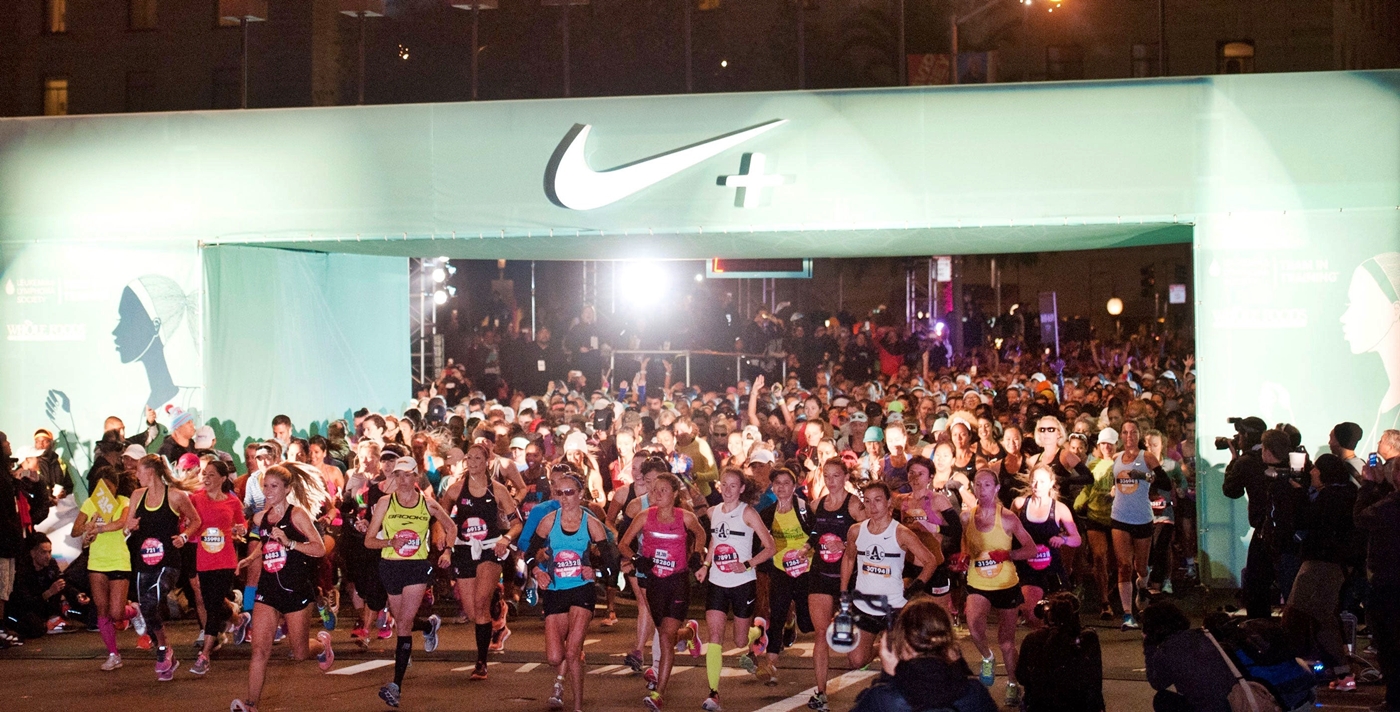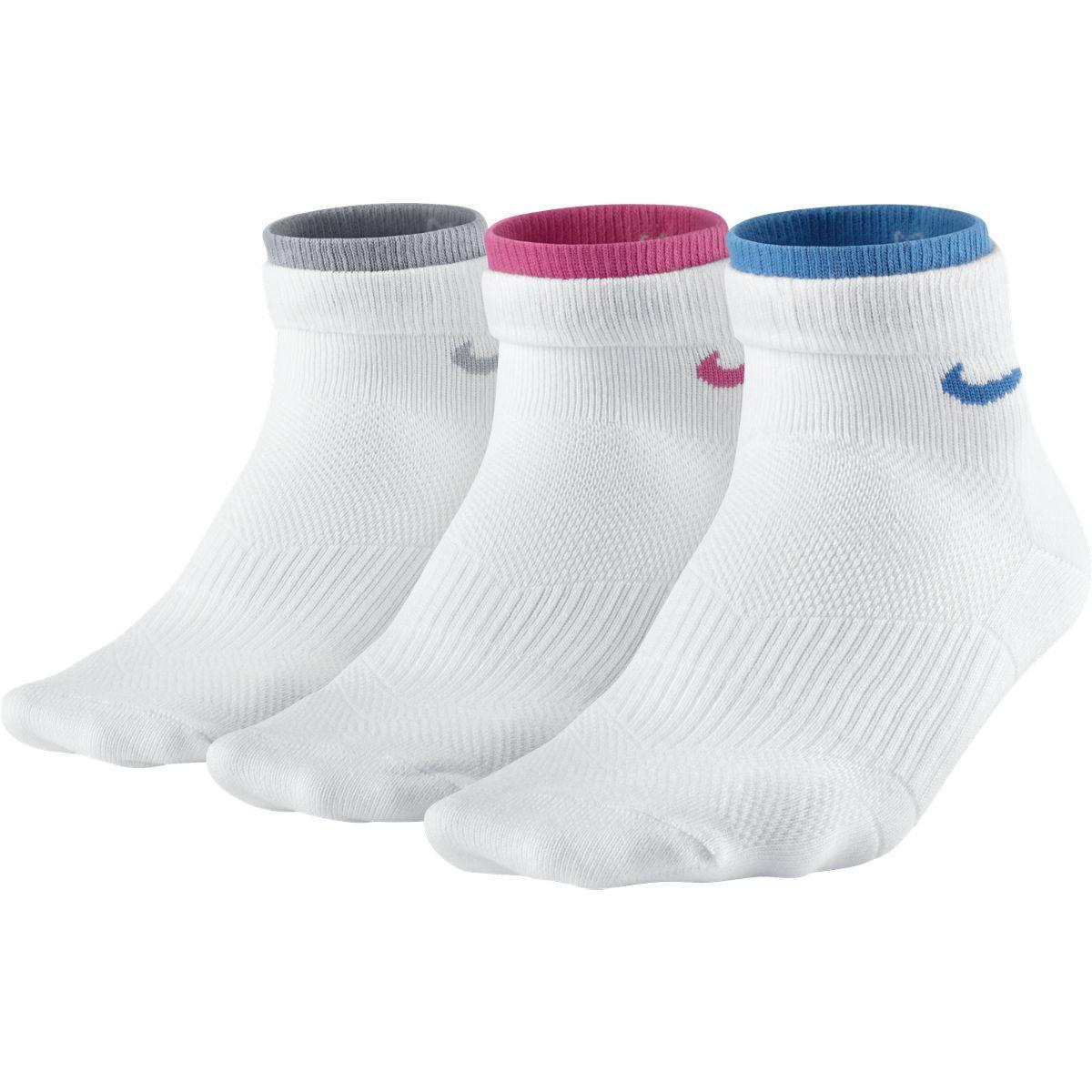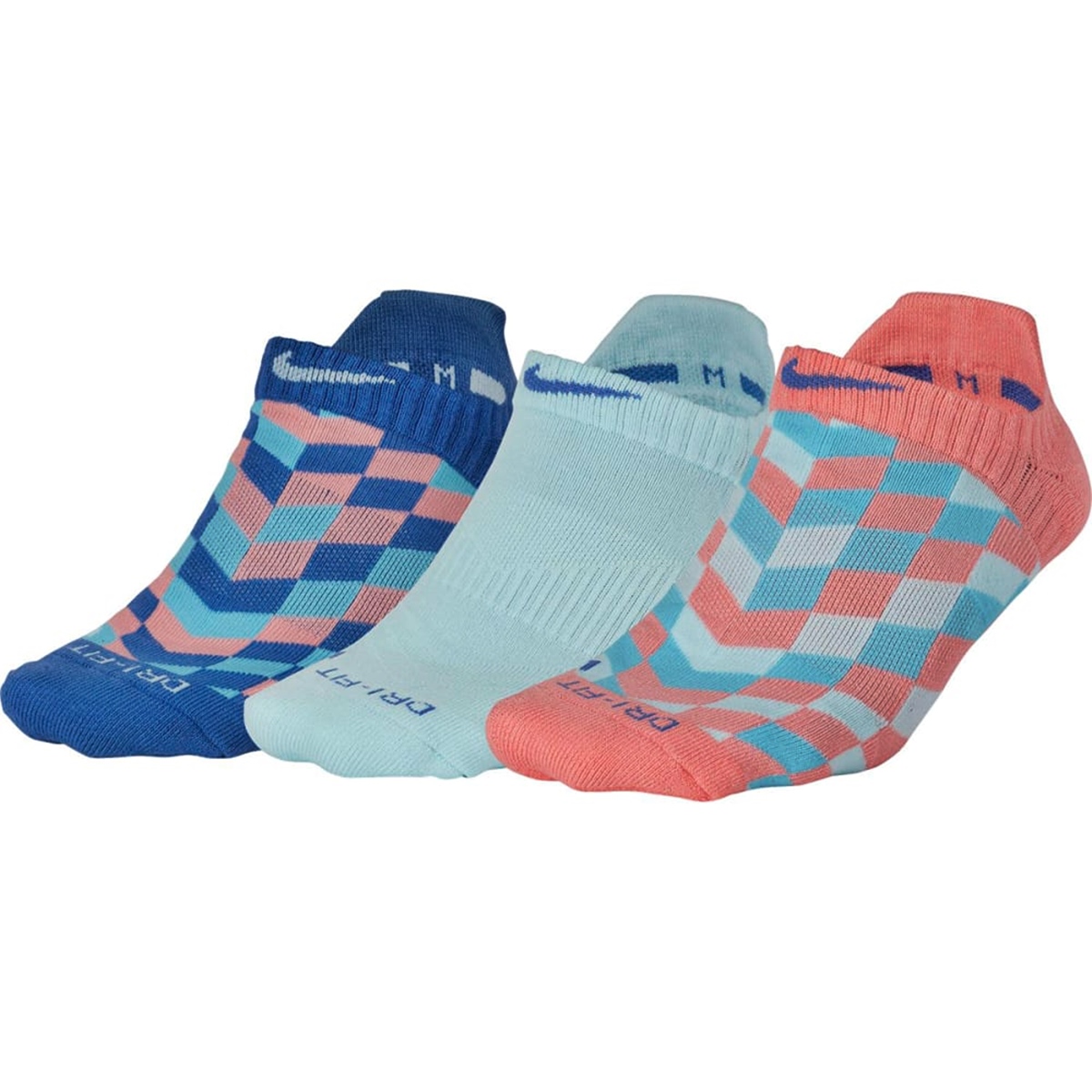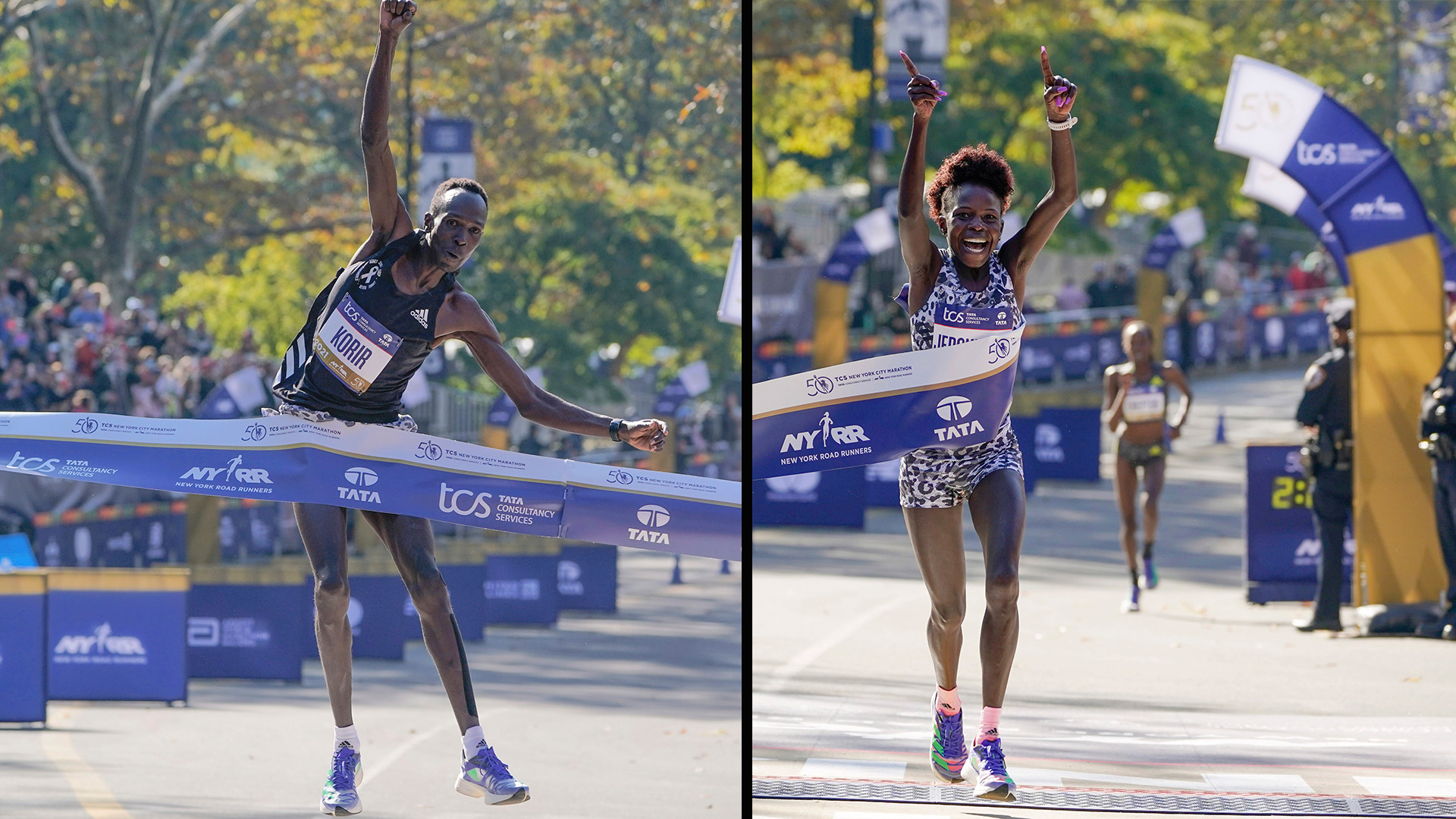Home>Misc>Featured>What Happened To Nike Womens Half Marathon


Featured
What Happened To Nike Womens Half Marathon
Modified: August 19, 2023
Discover the story behind the Nike Women's Half Marathon and find out what happened to this popular running event. Be featured among the inspiring women who took part and made history.
Introduction
The Nike Women’s Half Marathon was once a highly anticipated event for female runners around the world. Organized by Nike, the race was renowned for its vibrant atmosphere, empowering messages, and high-profile participants. It provided a unique opportunity for women to come together, embrace their love for running, and support important causes.
As the race gained popularity, it became an iconic event in the running community. Runners from all levels of experience flocked to the starting line, eager to challenge themselves and be a part of something greater than themselves. The Nike Women’s Half Marathon was not just a race; it was a celebration of female empowerment and camaraderie.
However, in recent years, the Nike Women’s Half Marathon has disappeared from the racing calendar, leaving many participants wondering what happened to this beloved event. The sudden absence of the race has left a void in the running community and has sparked much speculation and discussion.
In this article, we will delve into the history of the Nike Women’s Half Marathon, explore the race experience, discuss the reasons for its cancellation, examine the impact on participants, and suggest alternatives for runners seeking a similar experience.
History of Nike Women’s Half Marathon
The Nike Women’s Half Marathon had its humble beginnings in 2004 in San Francisco. Inspired by the success of the Nike Women’s Marathon, Nike decided to create a similar event specifically for half marathon distance. The race quickly gained popularity and became an annual event held in various cities across the United States.
What made the Nike Women’s Half Marathon unique was not just its distance, but also its focus on empowering women. Nike partnered with numerous women’s organizations and charities, donating a portion of the race’s proceeds to support causes like breast cancer research and women’s fitness programs. This gave runners a chance to contribute to important causes while pursuing their own fitness goals.
Each year, the race attracted a diverse array of participants, ranging from elite athletes to first-time half marathoners. The event became synonymous with camaraderie and a sense of accomplishment, as women from different backgrounds and fitness levels came together to conquer the 13.1-mile challenge.
Notably, the Nike Women’s Half Marathon also introduced the concept of the “Tiffany finisher’s necklace.” Instead of a traditional race medal, finishers received an elegant necklace as a symbol of their achievement. This became a cherished memento and a symbol of pride among participants.
Over the years, the Nike Women’s Half Marathon expanded beyond San Francisco and included races in other iconic cities such as Washington D.C., Los Angeles, and Toronto. The event garnered international attention and continued to grow in popularity, attracting runners from around the world.
However, despite its success and dedicated following, the Nike Women’s Half Marathon eventually came to an unexpected halt. The reasons for its cancellation left many participants disappointed and looking for answers. In the following sections, we will explore the race experience and the factors that led to the ultimate decision to cancel the event.
The Race Experience
The Nike Women’s Half Marathon offered participants a truly unique and unforgettable race experience. From the moment runners crossed the starting line to the triumphant finish, the event was designed to inspire, empower, and celebrate the spirit of female athletes.
The race route was carefully selected to showcase the host city’s iconic landmarks and scenic views. Whether it was running through the streets of San Francisco with the famous Golden Gate Bridge in the backdrop or exploring the historic monuments of Washington D.C., the course was always thoughtfully planned to provide an exciting and memorable journey.
One of the highlights of the Nike Women’s Half Marathon was the incredible race day atmosphere. The cheers and encouragements from spectators and volunteers lining the route created an electric energy that propelled runners forward. The support from fellow participants, many decked out in vibrant Nike gear, further boosted morale and created a sense of community.
At various points along the course, participants were greeted with themed cheer stations, where volunteers cheered on runners and provided hydration and fuel. This added an extra element of fun and motivation, giving runners a much-needed boost during the challenging miles.
The finish line of the Nike Women’s Half Marathon was a sight to behold. Participants were greeted with enthusiastic cheers, music, and a sense of accomplishment. The iconic Tiffany finisher’s necklace awaited each participant, symbolizing their hard work and dedication throughout the race. This unique and coveted keepsake became a cherished reminder of their achievement.
In addition to the race itself, the Nike Women’s Half Marathon also offered an expo showcasing the latest running gear, fitness brands, and interactive activities. Participants had the chance to explore and shop for merchandise, attend informative seminars, and connect with fellow runners. The race weekend was a celebration of fitness, empowerment, and camaraderie.
Overall, the Nike Women’s Half Marathon provided an experience like no other. It brought together female runners from all walks of life, creating a supportive and empowering environment. The race celebrated the determination, strength, and perseverance of women in the running community.
Next, we will dive into the unfortunate turn of events that led to the cancellation of the Nike Women’s Half Marathon.
Cancellation of the Nike Women’s Half Marathon
The Nike Women’s Half Marathon, once a highly anticipated annual event, faced an unexpected turn of events when it was abruptly canceled. The decision to discontinue the race left many participants and fans of the event disappointed and seeking answers.
The announcement of the cancellation came as a shock to the running community, as the Nike Women’s Half Marathon had become a beloved tradition for many. The race had garnered a dedicated following of female runners who looked forward to the empowering and celebratory atmosphere year after year.
While Nike did not provide specific reasons for the cancellation, several factors are believed to have contributed to the decision. One possible factor is the increasing costs associated with organizing a large-scale event. Running a race of this magnitude involves securing permits, managing logistics, and ensuring the safety and satisfaction of participants. These expenses may have become unsustainable for Nike in the face of rising costs.
Additionally, the Nike Women’s Half Marathon faced stiff competition in the racing industry. With the proliferation of half marathons and other women-focused races, the market became increasingly saturated, making it more challenging for the Nike Women’s Half Marathon to stand out and attract participants.
Furthermore, Nike’s shift in focus and marketing strategies may have influenced the decision to cancel the race. The company redirected its efforts toward other ventures, such as collaborations with high-profile athletes and the development of new products. This shift in priorities could have contributed to the decision to discontinue the Nike Women’s Half Marathon.
The cancellation of the Nike Women’s Half Marathon was undoubtedly a disappointment for the thousands of runners who looked forward to the event each year. It marked the end of a cherished tradition and left a void in the running community.
However, it’s important to acknowledge that race cancellations are not uncommon in the running world. Factors such as financial constraints, lack of resources, changing priorities, and competitive pressures can all play a role in the decision to discontinue a race.
While the cancellation of the Nike Women’s Half Marathon was a blow to the running community, it’s essential to understand that there are still many other races and events available for female runners to participate in. In the next section, we will explore alternative options for those seeking a similar experience to the Nike Women’s Half Marathon.
Reasons for the Cancellation
While the exact reasons for the cancellation of the Nike Women’s Half Marathon were not explicitly stated, several factors likely contributed to this decision. It is important to consider these factors to gain a better understanding of why such a beloved event came to an end.
One of the primary reasons for the cancellation could be financial constraints. Organizing a large-scale event like the Nike Women’s Half Marathon involves significant costs, including securing permits, hiring staff, providing race amenities, and marketing the event. As the race grew in popularity, the expenses likely increased, making it increasingly challenging for Nike to sustain the event.
Additionally, the running industry has become highly competitive, with numerous races offering similar experiences targeting female runners. This saturation may have affected the Nike Women’s Half Marathon’s ability to attract participants and secure sponsorships, ultimately impacting the event’s financial viability.
Moreover, Nike’s evolving marketing and branding strategies may have played a role in the decision to cancel the race. The company shifted its focus towards collaborations with professional athletes, innovative product development, and marketing campaigns that targeted a wider demographic. These shifts may have influenced the decision to allocate resources and investments in other areas, leading to the discontinuation of the Nike Women’s Half Marathon.
Another factor could be the logistical challenges associated with organizing and managing an event of this scale. Ensuring the safety and satisfaction of thousands of participants requires careful planning, coordination, and resources. As the race grew in popularity, the logistics likely became increasingly complex and demanding. It is possible that Nike decided that the resources required to execute the event effectively outweighed the benefits.
Lastly, external circumstances, such as changes in the regulatory landscape or unforeseen challenges, could have contributed to the decision. Factors like permit restrictions, increased security measures, or other legal considerations may have influenced Nike’s decision to cancel the race.
While the cancellation of the Nike Women’s Half Marathon was undoubtedly disappointing, it is important to recognize that organizing and maintaining such an event can be complex and subject to various challenges. Ultimately, the decision was likely a result of a combination of financial, competitive, logistical, and strategic factors that impacted the feasibility of continuing the race.
With the reasons for the cancellation outlined, it is crucial to explore alternatives for runners seeking a similar experience. In the following section, we will discuss viable options for those who cherished the Nike Women’s Half Marathon and still desire to participate in women-centric races.
The Impact on Participants
The cancellation of the Nike Women’s Half Marathon had a significant impact on the participants who had come to love and cherish the event. For many, it meant the loss of an annual tradition and a race that held a deep personal meaning.
One of the most noticeable impacts was the emotional letdown experienced by those who had been eagerly anticipating the race. Participants had trained diligently, set goals, and made personal sacrifices in preparation for the event. The cancellation left them feeling disappointed, frustrated, and even heartbroken.
The Nike Women’s Half Marathon was not just a race; it was a celebration of female empowerment and camaraderie. The event fostered a sense of belonging and unity among participants, creating lasting connections and friendships. The cancellation meant the loss of a supportive community and the chance to be a part of something greater than themselves.
For some runners, the Nike Women’s Half Marathon held a personal significance beyond just completing a race. The event allowed them to challenge themselves, overcome obstacles, and prove their strength and determination. The cancellation robbed them of the opportunity to achieve their personal goals and celebrate their achievements.
Furthermore, the economic impact cannot be ignored. Participants often made travel arrangements, booked accommodations, and spent money on race-related expenses. The cancellation meant the loss of these investments and financial burdens for many.
However, amidst the disappointment, participants rallied together to find alternative ways to recreate the spirit and experience of the Nike Women’s Half Marathon. Many joined virtual races, organized their own running events, or sought out other women-centric races to participate in. Through online communities and social media platforms, runners found support, shared stories, and continued to celebrate their love for running.
The impact of the cancellation extended beyond just the participants themselves. Charities and women’s organizations that relied on the Nike Women’s Half Marathon as a fundraising platform also faced setbacks. The loss of the race meant a loss of financial support for these important causes.
Despite the challenges and disappointments, it is important to recognize the resilience and determination of the participants. They demonstrated their commitment to the sport of running and their unwavering support for causes related to women’s empowerment and health.
In the next section, we will explore alternative options for runners seeking a similar experience to the Nike Women’s Half Marathon, allowing them to continue their journey and celebrate their passion for running.
Alternatives for Runners
While the cancellation of the Nike Women’s Half Marathon was undoubtedly disappointing, there are still various alternative options for runners seeking a similar experience and a chance to embrace their love for running and female empowerment.
One option is to participate in other women-centric races that share a similar spirit and focus on empowering female athletes. Many cities offer a range of races exclusively for women, including half marathons, 10Ks, and 5Ks. These events provide an opportunity to connect with like-minded women, celebrate achievements, and support causes that resonate with personal values.
Virtual races have also gained popularity as an alternative to in-person events. Virtual races allow participants to complete the race distance on their own terms and at their own pace. This flexibility offers the opportunity to choose a location and route that holds personal significance or simply enjoy the convenience of running from home. Virtual races often provide participants with race swag, such as medals and t-shirts, to commemorate their accomplishment.
For those seeking a sense of community and support, joining local running clubs or women’s running groups can be an excellent alternative. These organizations often host their own races and events, create training programs, and provide a network of like-minded individuals to connect with. Running clubs and groups offer a supportive environment for runners of all levels, and the camaraderie can be a source of motivation and encouragement.
Another option is to create a personalized running challenge or goal. This could involve setting new distance goals, participating in virtual race series, or embarking on a journey to complete a specific number of races in a given time period. By creating personal running challenges, runners can maintain their motivation and sense of accomplishment.
Lastly, runners can consider exploring international races or destination events. Traveling to participate in a race can provide a unique and memorable experience. Research races in different countries or cities that align with personal interests or bucket list destinations. The opportunity to combine running with exploring new places can create unforgettable memories.
While the cancellation of the Nike Women’s Half Marathon was a disappointment, there are numerous alternatives available for runners to continue their journey. Whether it be participating in other women-centric races, embracing virtual races, joining running clubs, setting personal challenges, or exploring international events, the running community offers a wide range of opportunities to celebrate the love for running and female empowerment.
By staying active, seeking new challenges, and connecting with fellow runners, participants can continue to grow and thrive in their running journey, even in the absence of the Nike Women’s Half Marathon.
Conclusion
The Nike Women’s Half Marathon held a special place in the hearts of female runners worldwide. For years, it provided an empowering and celebratory race experience, supporting important causes and fostering a sense of community. However, the cancellation of the event left participants disappointed and searching for alternatives.
While the reasons for the cancellation were not explicitly stated, factors such as financial constraints, competition, shifting priorities, and logistical challenges likely played a role. The impact on participants was profound, with many feeling a sense of loss, both emotionally and financially.
Despite the disappointment, runners have demonstrated their resilience by seeking alternatives to continue their running journey. Exploring other women-centric races, participating in virtual events, joining running clubs, setting personal challenges, and considering international races are all viable options to recreate the spirit of the Nike Women’s Half Marathon.
It is crucial to acknowledge the lasting impact of the Nike Women’s Half Marathon on the running community. The event brought women together, inspired personal growth, and supported important causes. Its cancellation serves as a reminder of the complexities and challenges involved in organizing large-scale races.
The legacy of the Nike Women’s Half Marathon lives on through the memories, achievements, and connections forged by its participants. As runners adapt to the absence of the event, they continue to embody the spirit of female empowerment, determination, and camaraderie that the race embodied.
While the Nike Women’s Half Marathon may no longer be a part of the racing calendar, the passion for running and the desire to embrace the empowerment and unity among female athletes remain strong. Women continue to lace up their running shoes, overcome challenges, and celebrate their love for the sport.
As the running community moves forward, it is important to reflect on the impact of the Nike Women’s Half Marathon and the lessons it taught us about perseverance, strength, and the power of coming together. While the cancellation was undoubtedly a disappointment, it has also sparked creativity, resilience, and a renewed appreciation for the running community.
Runners will continue to adapt, find new opportunities, and create their own memorable race experiences. The spirit of the Nike Women’s Half Marathon lives on, and its legacy will continue to inspire and empower female runners for years to come.





